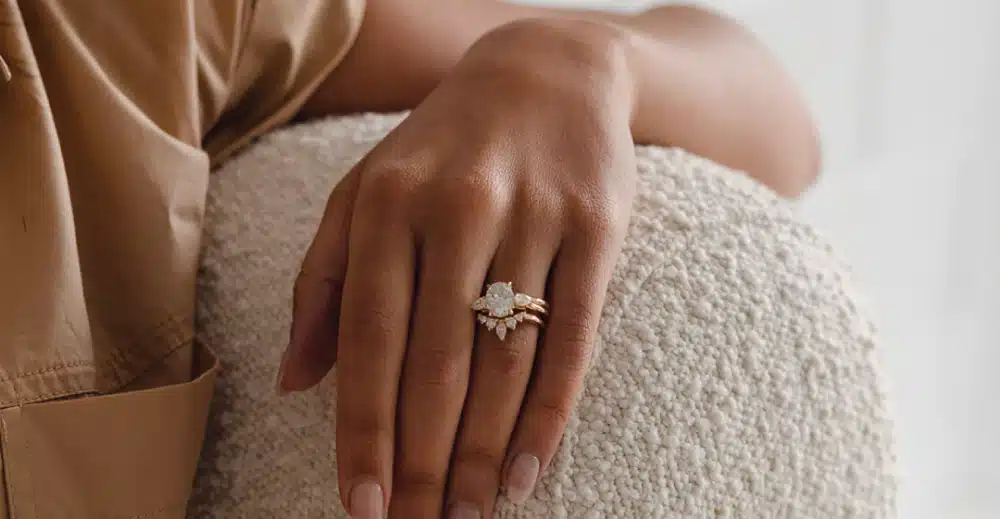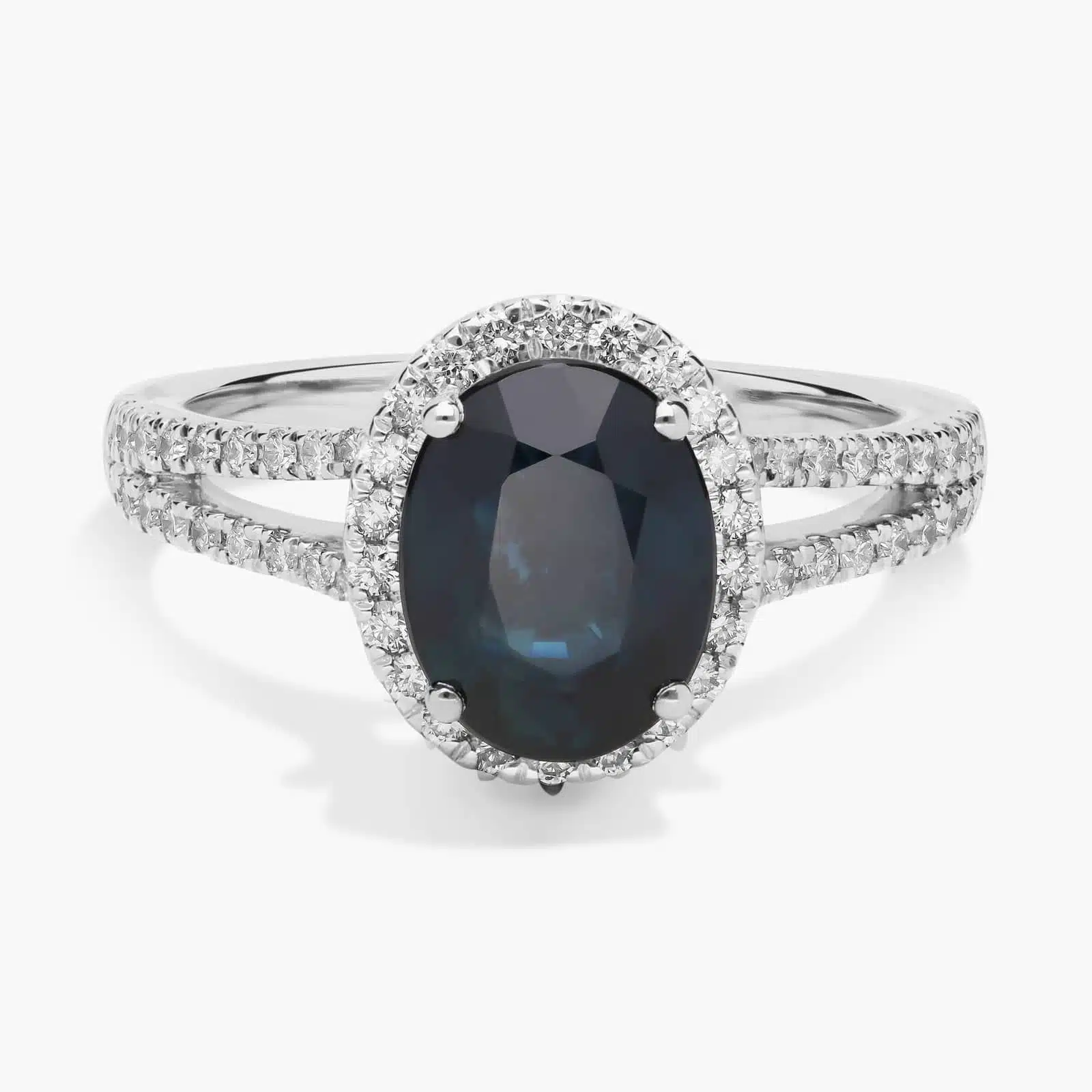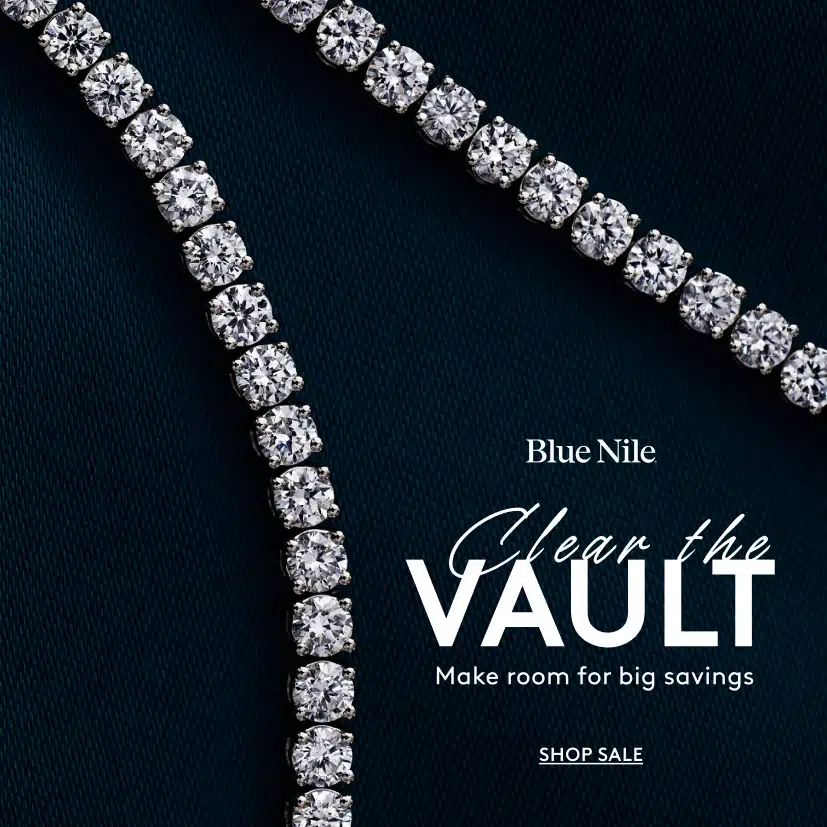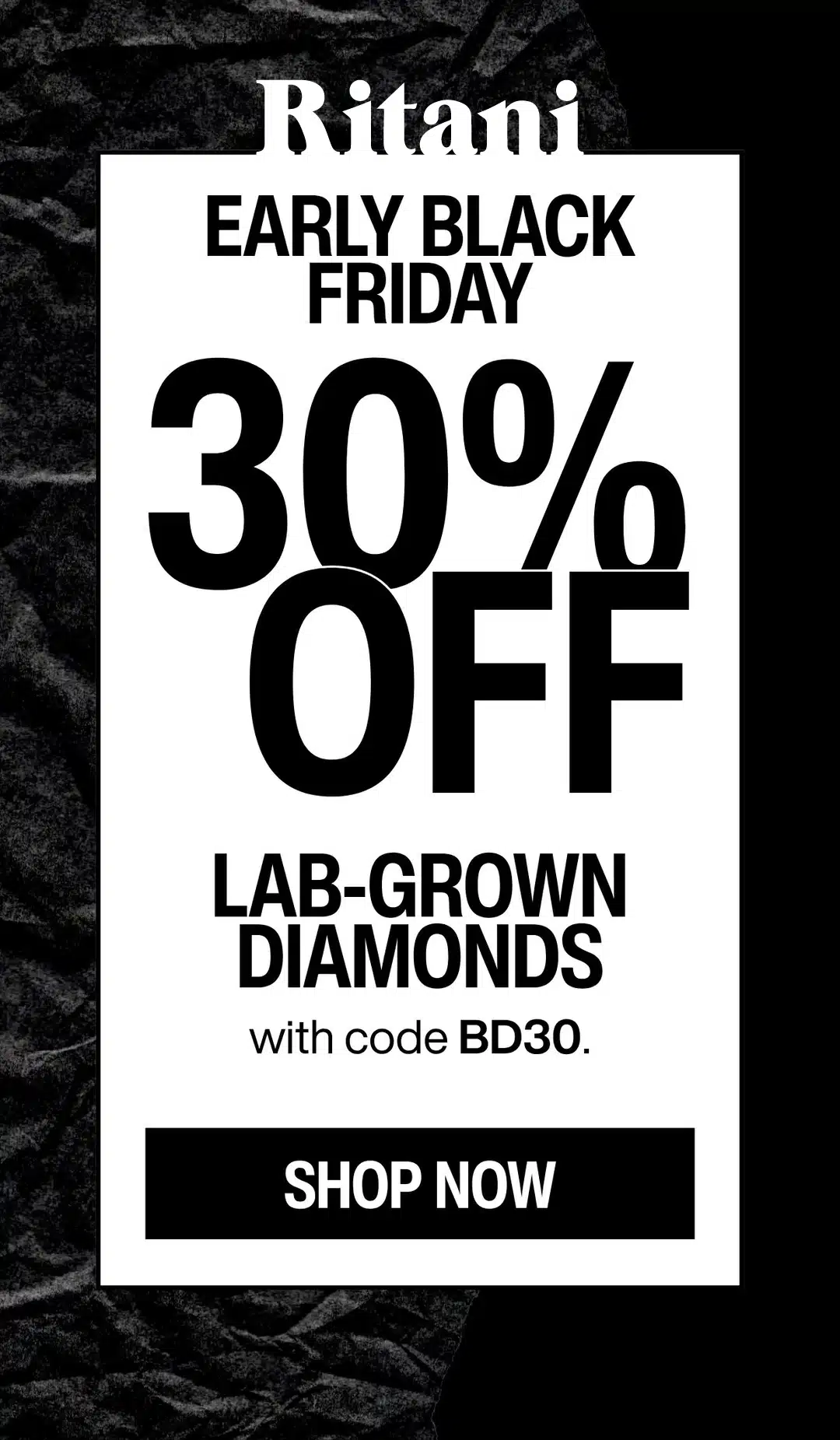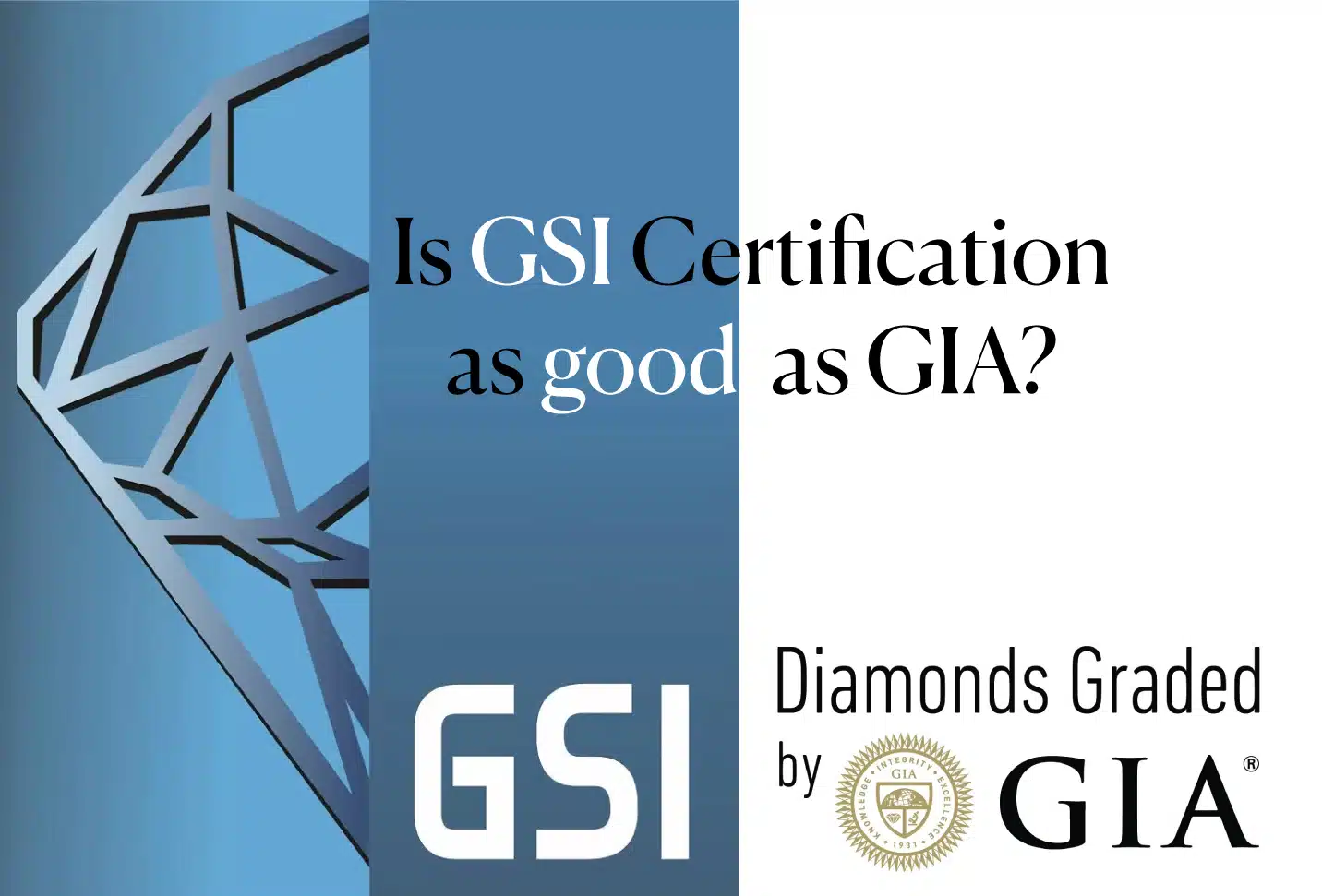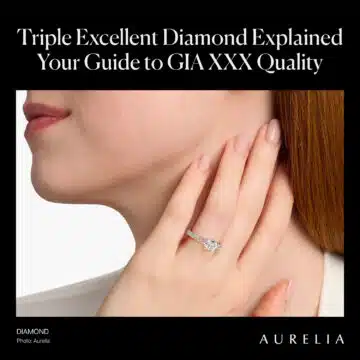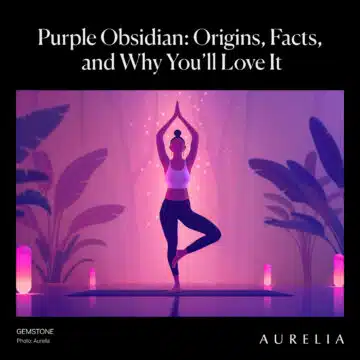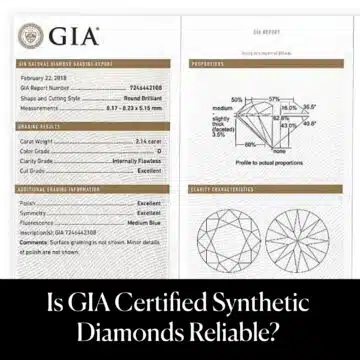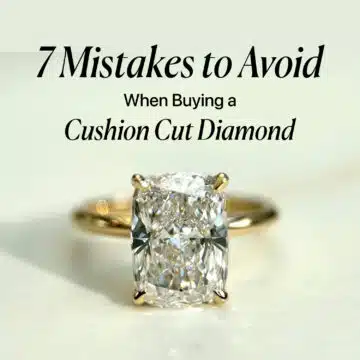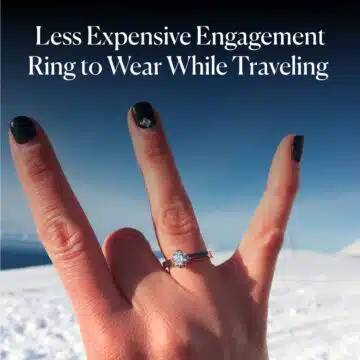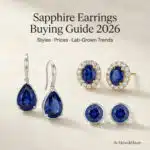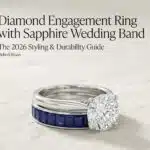No, GSI certification is not as good as GIA, and from an insider’s perspective, it’s not even in the same league.
I’m Mehedi, and over the years, I’ve seen countless people get confused by the alphabet soup of different diamond lab reports. You walk into a big box store at the mall, you’re shown a beautiful, sparkling ring, and it comes with an official-looking “GSI Certificate.” It has grades, it has a number, it looks legitimate—so it must be reliable, right?
But what does that certificate really mean for the diamond’s quality and, more importantly, its price? Why do these massive, well-known retailers choose to use GSI instead of the world-renowned GIA? We’re going to pull back the curtain.
Using hard facts, real-world examples, and some uncomfortable truths from inside the industry, I’ll show you the real difference between these labs and help you protect your investment.
Diamond IQ Test: Natural or Lab-Grown?
Two identical diamonds: GIA Certified, 1.51ct, D Color, VVS1, Ideal Cut. One is natural ($16,530), the other is lab-grown ($2,390). Choose the diamond you like better and see if you can match it to its origin.
What is GSI? The Official Story vs. The Industry Reality
To understand the controversy, you first have to know who GSI is. Like any business, they have their official corporate story, and then there’s the reality of how they are viewed within the diamond industry.
The Official Story: A Global Lab for Major Retailers
Gemological Science International (GSI) is a for-profit gemological laboratory that was founded in 2005. They position themselves as a modern, global institution, and on paper, their operation is impressive.
- They have a worldwide presence with labs in the USA, India, Belgium, and more, including a recent expansion into Bangkok in June 2025.
- Their primary business model is built on servicing huge, multinational jewelry chains like Zales, Kay Jewelers, and Jared The Galleria of Jewelry.
- They provide standard diamond grading reports that evaluate the 4Cs (Cut, Color, Clarity, Carat) and, crucially, these reports can be verified online through their website.
On the surface, this all sounds perfectly legitimate. But the real story lies in what they don’t advertise.
The Industry Reality: The For-Profit Conflict of Interest
Here is the single most important fact you need to understand: GIA is a non-profit organization, and GSI is a for-profit business. This is not a small detail; it is the entire story.
The Gemological Institute of America (GIA) has a mission statement centered around education, research, and ensuring public trust in gems and jewelry. They have no financial stake in the sale of the diamond they are grading. Their only “client” is the truth.
GSI, on the other hand, is a commercial enterprise. Their primary clients are the massive retail stores that need to sell diamonds in high volume. This creates a powerful conflict of interest. If a lab’s biggest clients are the ones selling the diamonds, there is an inherent pressure to provide grades that benefit the seller.
This is a pattern we’ve seen with other commercial labs that have faced criticism for lenient grading, like those I discuss in my breakdown of EGL certification vs. GIA and my guide to HRD diamond certification.
Don’t just take my word for it. Listen to the founder of Blue Nile, Mark Vadon, who built his entire business on the reliability of GIA reports. In a CNN interview, he said it best:
“Make sure you buy a certified diamond with a GIA certificate… those are nonprofit testing labs that tell you what you’re buying so there’s no bait and switch going on.”
That last part—”no bait and switch”—is everything. The purpose of a certificate is to protect you, the buyer, not to help the seller make a more profitable sale. This fundamental difference in philosophy is the real story behind GSI.
Deal Alert: Fast-Shipping Gifts — Up to 50% Off* fine jewelry at Blue Nile !
One In A Lifetime Sale: “Clear The Vault” – Get up to 70% OFF on select jewelry at Blue Nile !
Exclusive Offer: Flash Sale on James Allen Up to 40% Off * Sitewide engagement ring settings & Fine Jewelry at James Allen .
The Core Problem with GSI Certification: Inconsistency
At the heart of the issue is one word: inconsistency. A diamond certificate is supposed to be an objective, scientific document. Its grades should be repeatable and reliable, no matter which lab is doing the analysis.
The GIA has built its entire global reputation on this consistency. Unfortunately, the same cannot be said for GSI, where loose grading is not just a rumor—it’s a well-documented issue.
Real-World Examples of GSI Grade Inflation
You don’t have to look far to see the real-world consequences of this inconsistency. While formal studies can be hard to come by, jewelers who buy diamonds from the public see the proof every day. One jeweler shared a particularly devastating and common experience on Reddit after buying GSI-certified diamonds from customers:
“I purchased a few diamonds from customers over the counter the last couple months. Went from F VS2 to H SI1.”
Let that sink in. This isn’t a minor rounding error. This is a massive two-grade drop in both color and clarity after being re-evaluated to GIA standards.
What a Two-Grade Drop Actually Means
To a casual shopper, the difference between an F and an H color, or a VS2 and an SI1 clarity, might seem like minor details. As an insider, let me assure you, it is a chasm in both quality and value.
The Color Deception
A diamond’s color grade has a huge impact on its beauty and price. Understanding the difference is critical, as I explain in my diamond color and clarity guide.
- F Color Grade: An F color diamond is in the “Colorless” range, the highest tier.
- H Color Grade: An H color diamond is “Near Colorless,” with a faint yellow tint.
- The Difference: One is pure and icy; one is not.
The Clarity Illusion
A diamond’s clarity grade tells you how many flaws, or “inclusions,” are visible inside the stone.
- VS2 Clarity Grade: A VS2 clarity diamond has minor inclusions, invisible to the naked eye.
- SI1 Clarity Grade: An SI1 clarity diamond has noticeable inclusions you can sometimes see without magnification.
- The Difference: One is eye-clean; the other may not be.
So what does this all mean? This isn’t a small difference. It is a massive drop in quality. It means the consumer paid a premium for a high-quality “F VS2” diamond on paper, but in reality, they received a lower-value H SI1 stone. This is the primary reason why retailers use softer labs: it allows them to sell lower-quality diamonds for higher prices.
Real Consumer Stories: Panic, Confusion, and Doubt
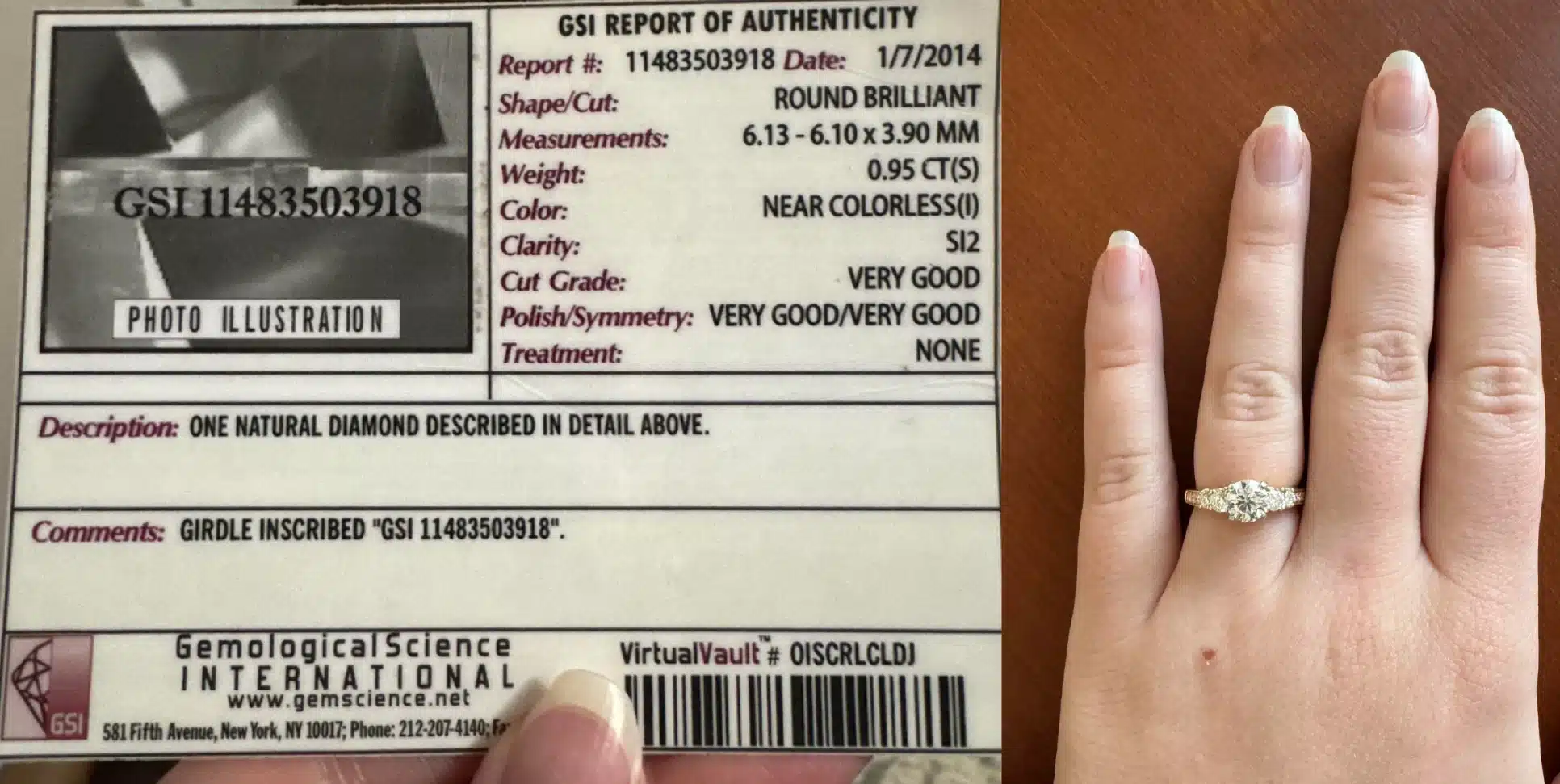
The consequences of this grading inconsistency aren’t just financial; they are emotional. A diamond purchase is meant to be joyful, but discovering your certificate may not be accurate can lead to regret and panic.
The “GSI Diamond Panic”: Did I Get Ripped Off?
A story I saw on Reddit perfectly captures this fear. A couple, admitting they “didn’t do any research beforehand,” bought a GSI-certified ring from a pawn shop. Later, after reading about the lab’s reputation, the buyer posted in a panic:
“Did we end up f*cking ourselves over going to a pawn shop then on top of it all getting a GSI diamond unknowingly?”
This is a heartbreaking situation. While they likely paid a price that was fair for the actual quality of the diamond, they were making the decision based on inflated information. They were robbed of an informed choice, which is the entire purpose of a diamond certificate.
The peace of mind that comes from knowing exactly what you’re buying—a guarantee I explain in my guide to what a GIA certificate means—was completely lost.
Why Can’t I Verify My GSI Report Online?
Another major red flag that has appeared in consumer forums is the issue of verification. In today’s market, the number one security feature of any legitimate certificate is its online database.
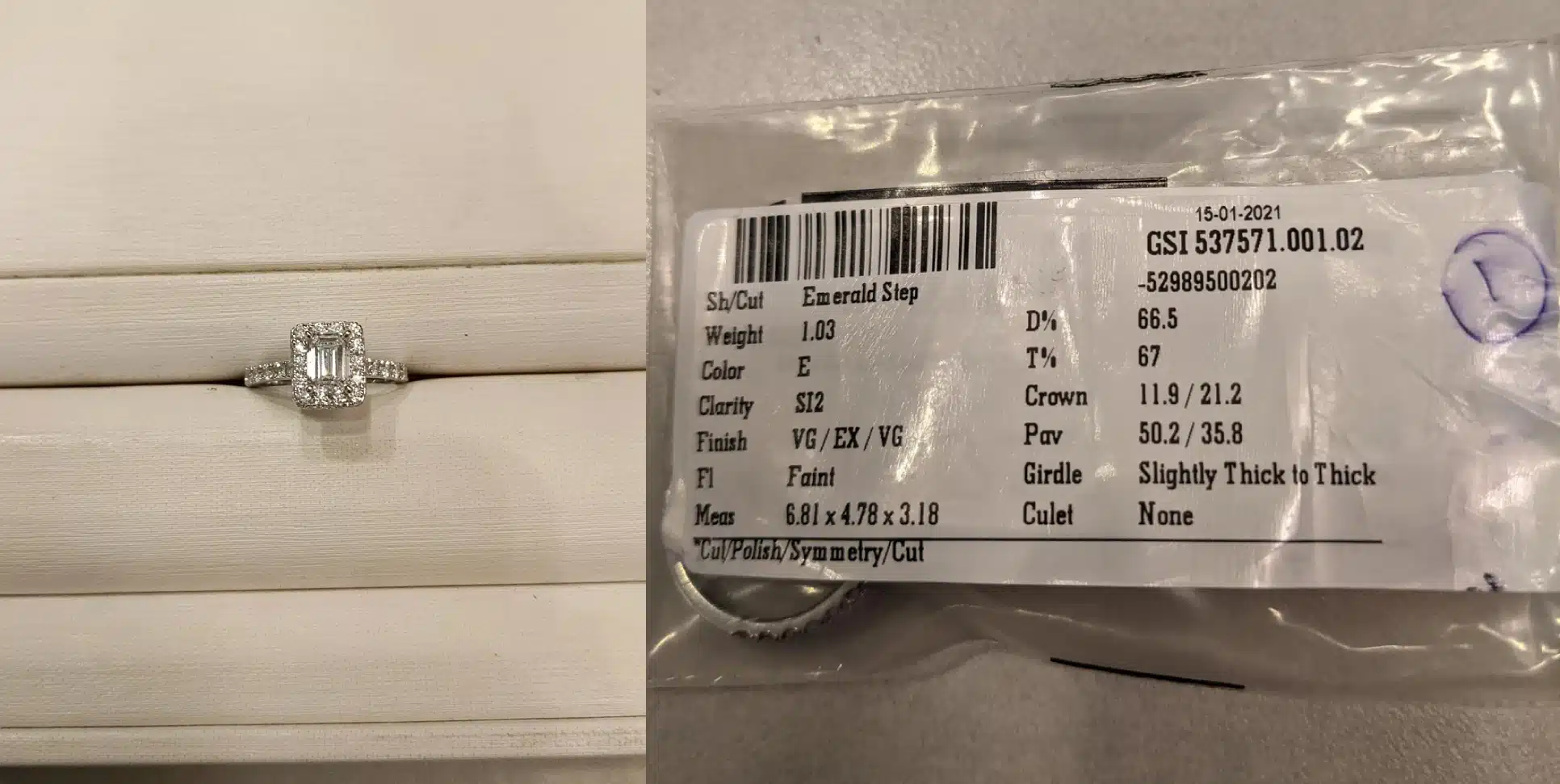
A Reddit user who purchased a ring with a GSI report highlighted a deeply concerning problem: even though the GSI report number was laser-inscribed on the diamond’s girdle, he couldn’t find the report on GSI’s own website.
As another user pointed out in the discussion, this is highly unusual for a major lab: “I’ve never heard of the issue you’re having with GIA or IGI.” This inconsistency erodes the very foundation of trust.
For a reliable lab like IGI, whose reports I cover in my IGI diamond certification guide, online verification is foolproof. If a report can’t be verified, what is it truly worth?
Here’s why this is such a critical failure:
- A modern certificate must be verifiable.
- Verification is the ultimate security feature.
- It protects against report forgeries.
- It guarantees the document is real.
- Without it, trust completely collapses.
- It leaves the owner in total doubt.
GIA vs. GSI: A Head-to-Head Comparison
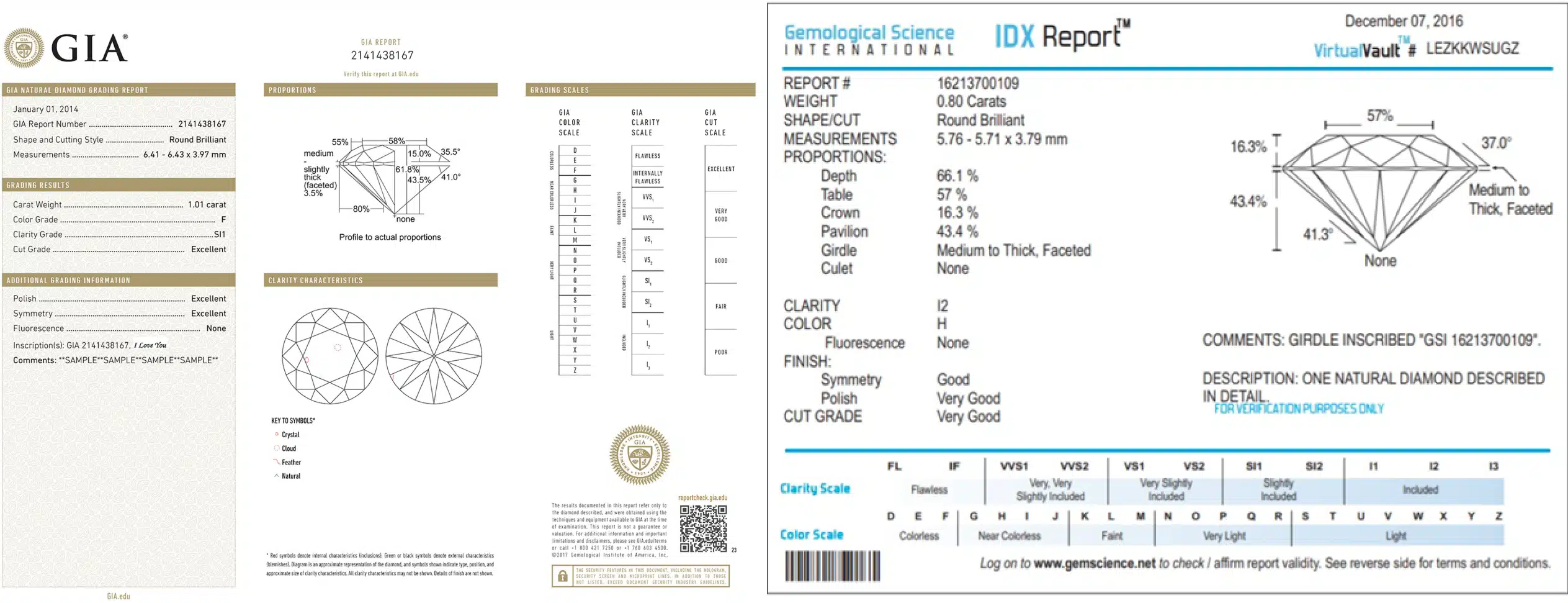
A diamond certificate is the single most important document in your purchase. It is not an accessory; it is the blueprint of your investment and your only guarantee of the quality you are paying for. Understanding this document is central to my complete Diamond Buying Guide.
When you place two certificates side-by-side, the fundamental differences in their mission, standards, and standing in the industry become crystal clear.
The table below breaks down the essential differences between the industry’s gold standard, the GIA, and GSI.
| Feature | GIA (Gemological Institute of America) | GSI (Gemological Science International) |
| Mission | Non-profit, public protection | For-profit, client-focused |
| Industry Standing | The Undisputed Gold Standard | Primarily for mass-market retailers |
| Grading Consistency | Strict, consistent, reliable | Inconsistent, often inflated |
| Resale Value | Highest, most trusted globally | Significantly lower, often requires re-grading |
The takeaway here is not subtle. You are dealing with two completely different philosophies. GIA’s mission is to protect you, the consumer, with objective, research-backed facts. GSI’s mission is to serve its clients—the large retailers who need to sell diamonds.
This difference has a massive impact on the long-term value and trustworthiness of your stone, a key factor I discuss in my guide on how much a diamond can be sold for.
My Final Recommendation: Your Diamond Deserves the Best
After seeing the data, the real-world stories, and the fundamental differences in mission, my final recommendation is simple and unwavering.
The Mehedi Bottom Line
We do not recommend buying a diamond that has only a GSI certificate. Period.
Let me be perfectly clear: this isn’t about the diamond being ugly. A GSI-graded diamond might look beautiful in the store. The problem is that the information about the diamond is unreliable. A diamond is a major purchase, and its certificate should be a guarantee, not a guess.
When you buy a diamond with a GIA report, as featured by top vendors in my James Allen Review, you can compare diamonds from different sellers across the globe with total confidence—apples to apples. With GSI, you simply cannot do that.
Your Action Plan
To protect yourself and ensure you get the true value you deserve, follow this simple action plan.
- Insist on GIA for Natural Diamonds.
For any natural diamond, a GIA report is the only standard you should accept. This is absolutely non-negotiable for an informed purchase. - Look for IGI or GCAL for Lab Diamonds.
For lab-grown diamonds, the industry standards are the IGI Diamond Certification or GCAL. These labs have established themselves as the most reliable for grading lab-created stones. - Shop at Reputable, Transparent Vendors.
Build your search around vendors who build their businesses on the accuracy of GIA. Retailers like Blue Nile and James Allen almost exclusively use GIA reports for their natural diamonds for one reason: they are the best.
Frequently Asked Questions About GSI Certification
Continue Your Research
Now that you understand the critical importance of a diamond certificate, your journey as an educated buyer has just begun. Use my guides below to continue building your expertise so you can shop with total confidence.
Diamond Grading Essentials
Master the fundamentals that determine a diamond’s quality and value.
- The Diamond Grading Chart & 4 Cs of Diamonds
- The Other Major Lab: The AGS Grading System Explained
- What is Diamond Fluorescence: Flaw or Feature?
- Learn the Basics with My Complete Diamond Cut Chart
Deep Dives Into Clarity
Clarity can be complex. Learn the details of each grade to find the perfect, eye-clean stone.
- Is a VVS1 Diamond a Good Choice?
- Understanding the VVS2 Diamond Grade
- A Guide to the Popular VS1 Clarity Grade
- Are I2 Clarity Diamonds Ever Worth Buying?
Comparing the Best Retailers
Choosing where you buy is as important as what you buy. See how the top online vendors stack up.


